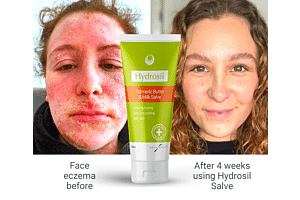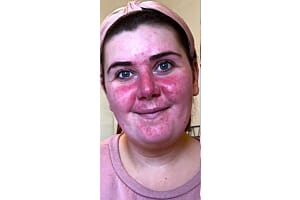The human skin is covered in bacteria which begin multiplying as soon as we are born.
Bacteria lives on the surface of the skin, in the eyes, hair, mouth, feet, armpits and genitals. Although some bacteria on the skin is dangerous, most of it is harmless and some is actually beneficial.
New research from the National Institutes of Health in theUShas also discovered that each person’s collection of bacteria is unique, like a fingerprint. But unlike fingerprints, bacteria patterns can change depending on diet, environment, general health, age and other factors.
Different types of bacterial communities tend to live and thrive best on certain areas of the body. Some types prefer dry, open areas of skin, while others prefer damp warm places.
[quote]Certain diseases, like diabetes, also affect the bacteria on your skin. A major complication of diabetes is sores, or ulcers, on the feet that never heal. High blood sugar, which is known to change the skin's structure, encourages a specific subset of bacteria to grow. Research shows that the altered bacterial communities on diabetic skin prevents cuts from healing normally.[/quote]
In pioneering research from the National Human Genome Research Institute. Scientists found an amazing 4,000 different variants of bacteria in the belly button, some of which were unknown to scientists.
The most diverse area of the body in terms of bacteria is the forearm.
Research from the National Human Genome Research Institute inBethesda,Marylandand published in Science magazine, found that the most similar areas of bacteria between people was in our noses on and on our backs.
Oily areas prone to acne such as the forehead and scalp have less diversity of bacteria than non oily areas. Behind the ear is the area of the body with the least variants bacteria.
The variants and level of bacteria on certain parts of the body may go part of the way to explaining why skin conditions such eczema and psoriasis tend to often appear in certain areas of the body.







